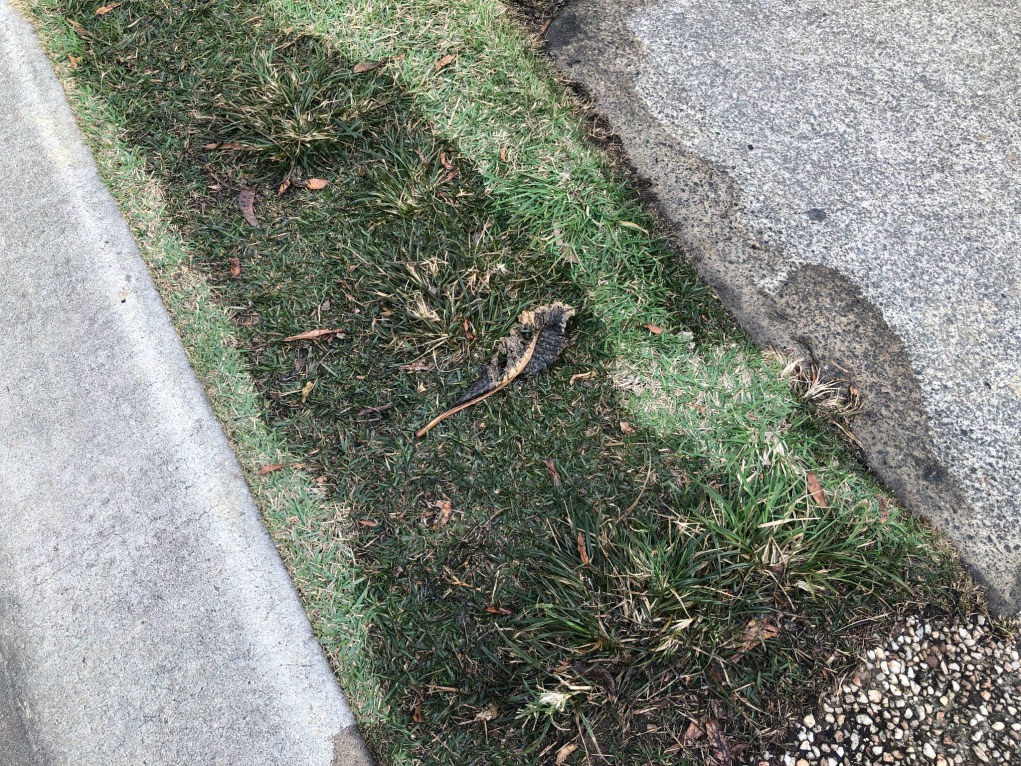How to Check If Your House Has a Concealed Leak
How to Check If Your House Has a Concealed Leak
Blog Article
Do you find yourself on the lookout for information around Hacks to detect leaks?

Early detection of leaking water lines can reduce a prospective catastrophe. Some small water leaks may not be noticeable.
1. Examine the Water Meter
Checking it is a proven means that aids you discover leaks. If it relocates, that suggests a fast-moving leakage. This implies you might have a sluggish leakage that can even be underground.
2. Examine Water Consumption
Evaluate your water bills as well as track your water consumption. As the one paying it, you must discover if there are any kind of discrepancies. If you find sudden changes, in spite of your intake being the same, it means that you have leakages in your plumbing system. Remember, your water expense need to drop under the very same range each month. An abrupt spike in your expense shows a fast-moving leakage.
A constant boost every month, even with the exact same practices, reveals you have a sluggish leak that's additionally gradually intensifying. Call a plumber to extensively check your building, particularly if you really feel a warm area on your flooring with piping underneath.
3. Do a Food Coloring Examination
When it comes to water consumption, 30% comes from toilets. If the color somehow infiltrates your dish during that time without flushing, there's a leakage in between the storage tank and bowl.
4. Asses Outside Lines
Don't neglect to examine your outside water lines also. Examination spigots by connecting a yard hose. Must water leak out of the link, you have a loosened rubber gasket. Replace this and also make certain all connections are tight. It will certainly help get it professionally analyzed and kept annually if you've got a lawn sprinkler system. One small leakage can lose lots of water and increase your water expense.
5. Analyze the scenario and also examine
Home owners ought to make it a behavior to examine under the sink counters as well as also inside cabinets for any bad odor or mold and mildew development. These 2 red flags indicate a leakage so prompt focus is needed. Doing routine examinations, even bi-annually, can conserve you from a significant problem.
Much more notably, if you understand your home is currently old, maintain a watchful eye on your heating units, hose pipes, pipes etc. Look for discolorations and damaging as most home appliances as well as pipes have a life span. They will additionally naturally deteriorate due to wear and tear. If you believe leaking water lines in your plumbing system, do not wait for it to rise. Call a professional plumber right away so you don't end up with an awful mess in your house.
Early discovery of dripping water lines can alleviate a potential disaster. Some tiny water leakages may not be visible. Examining it is a guaranteed way that aids you find leakages. One little leak can throw away heaps of water and also increase your water bill.
If you believe dripping water lines in your plumbing system, do not wait for it to intensify.
WARNING SIGNS OF WATER LEAKAGE BEHIND THE WALL
PERSISTENT MUSTY ODORS
As water slowly drips from a leaky pipe inside the wall, flooring and sheetrock stay damp and develop an odor similar to wet cardboard. It generates a musty smell that can help you find hidden leaks.
MOLD IN UNUSUAL AREAS
Mold usually grows in wet areas like kitchens, baths and laundry rooms. If you spot the stuff on walls or baseboards in other rooms of the house, it’s a good indicator of undetected water leaks.
STAINS THAT GROW
When mold thrives around a leaky pipe, it sometimes takes hold on the inside surface of the affected wall. A growing stain on otherwise clean sheetrock is often your sign of a hidden plumbing problem.
PEELING OR BUBBLING WALLPAPER / PAINT
This clue is easy to miss in rooms that don’t get much use. When you see wallpaper separating along seams or paint bubbling or flaking off the wall, blame sheetrock that stays wet because of an undetected leak.
BUCKLED CEILINGS AND STAINED FLOORS
If ceilings or floors in bathrooms, kitchens or laundry areas develop structural problems, don’t rule out constant damp inside the walls. Wet sheetrock can affect adjacent framing, flooring and ceilings.
https://www.servicemasterbyzaba.com/blog/how-to-detect-water-leakage-in-walls/

I have been very interested in Detecting hidden plumbing leaks and I'm hoping you appreciated my entry. Do you know about anybody else who is excited by Locating water leaks? Why not promote it. Thank you so much for your time spent reading it.
Report this page